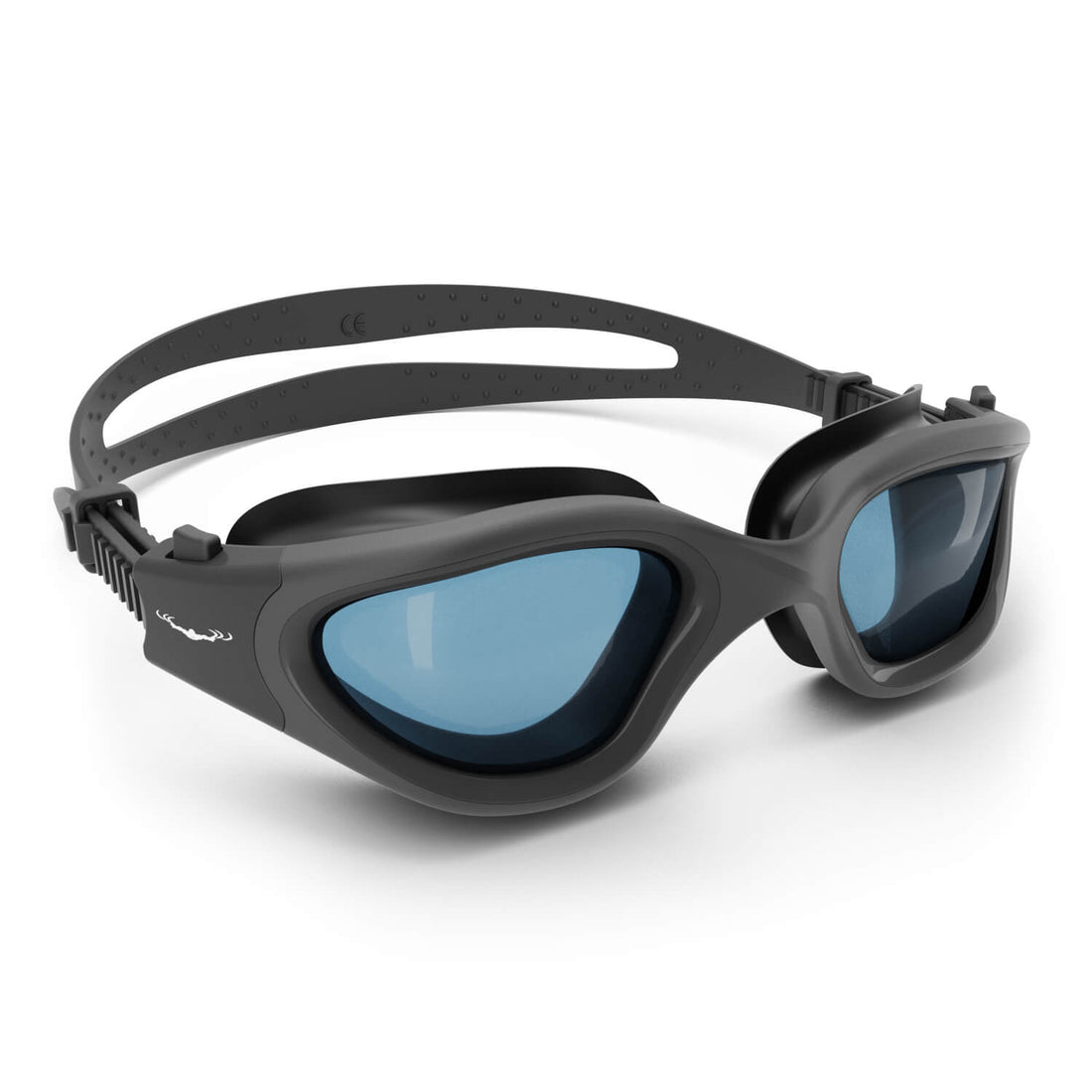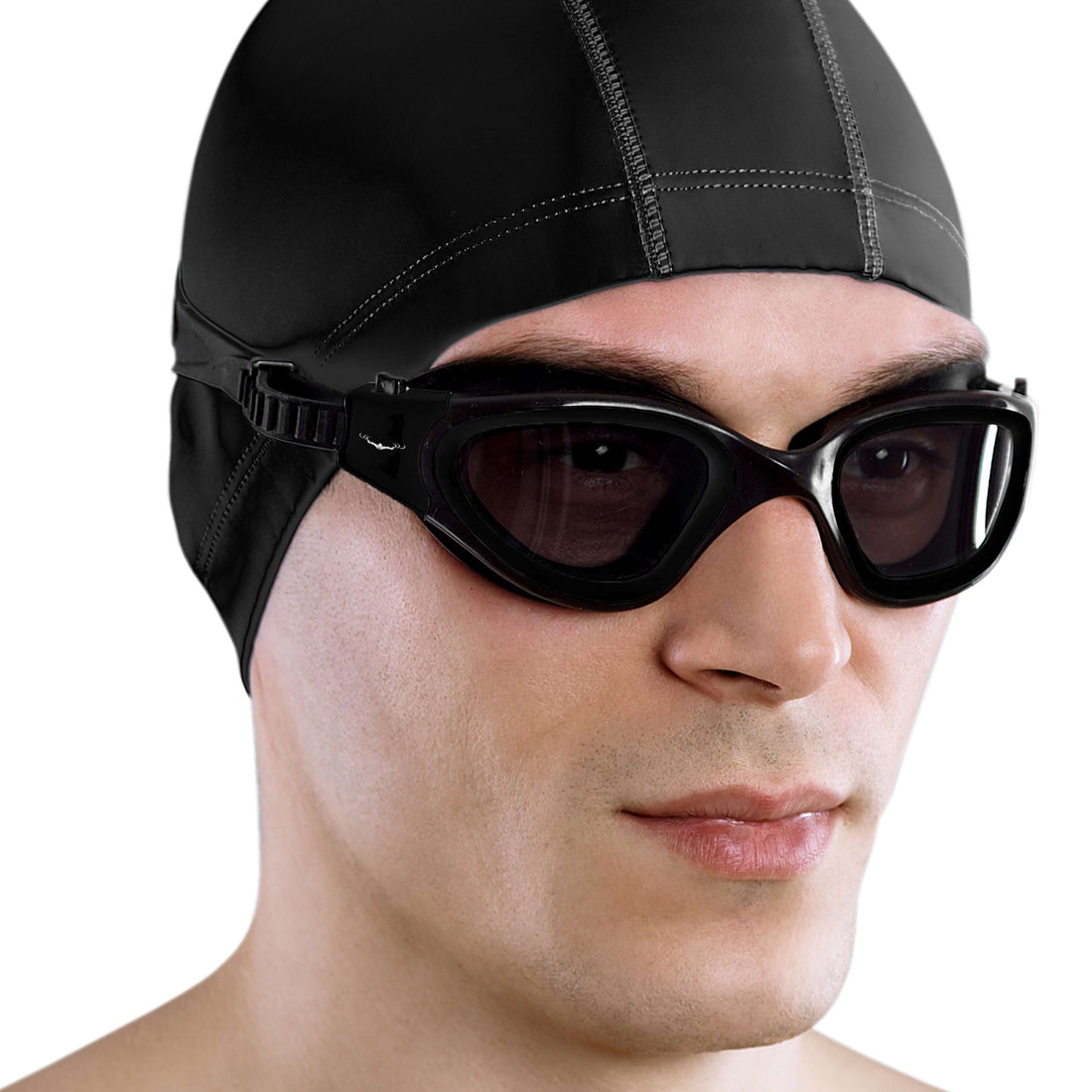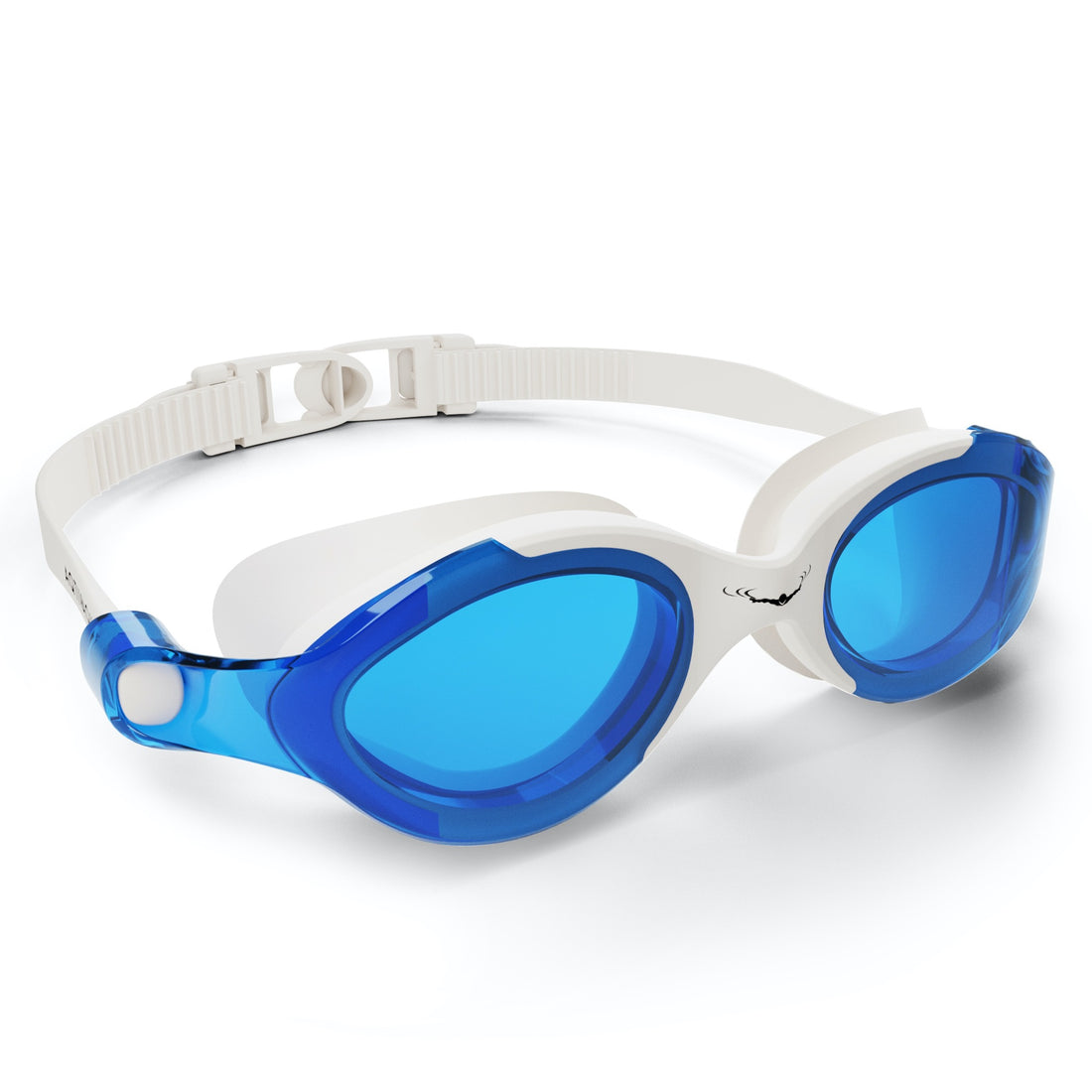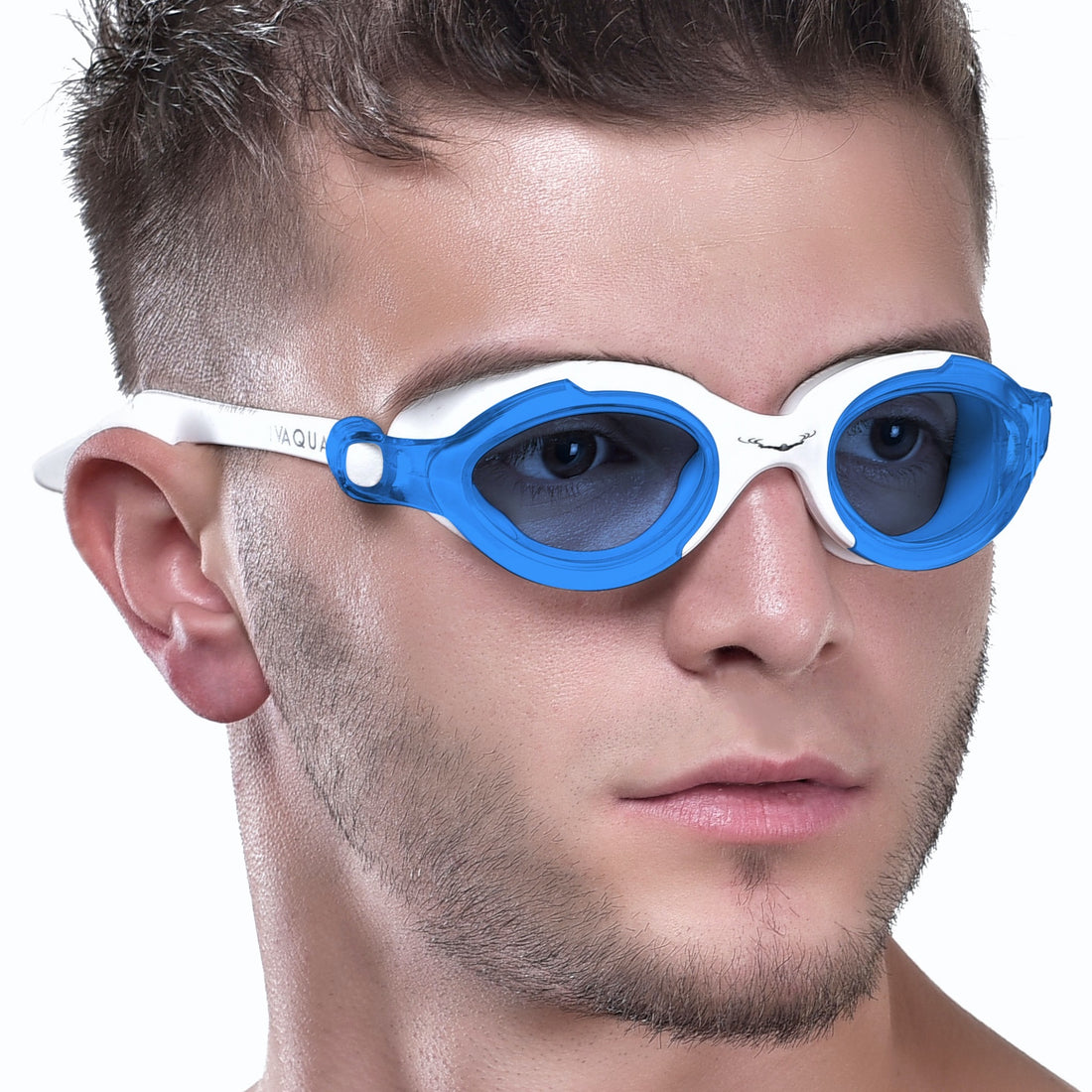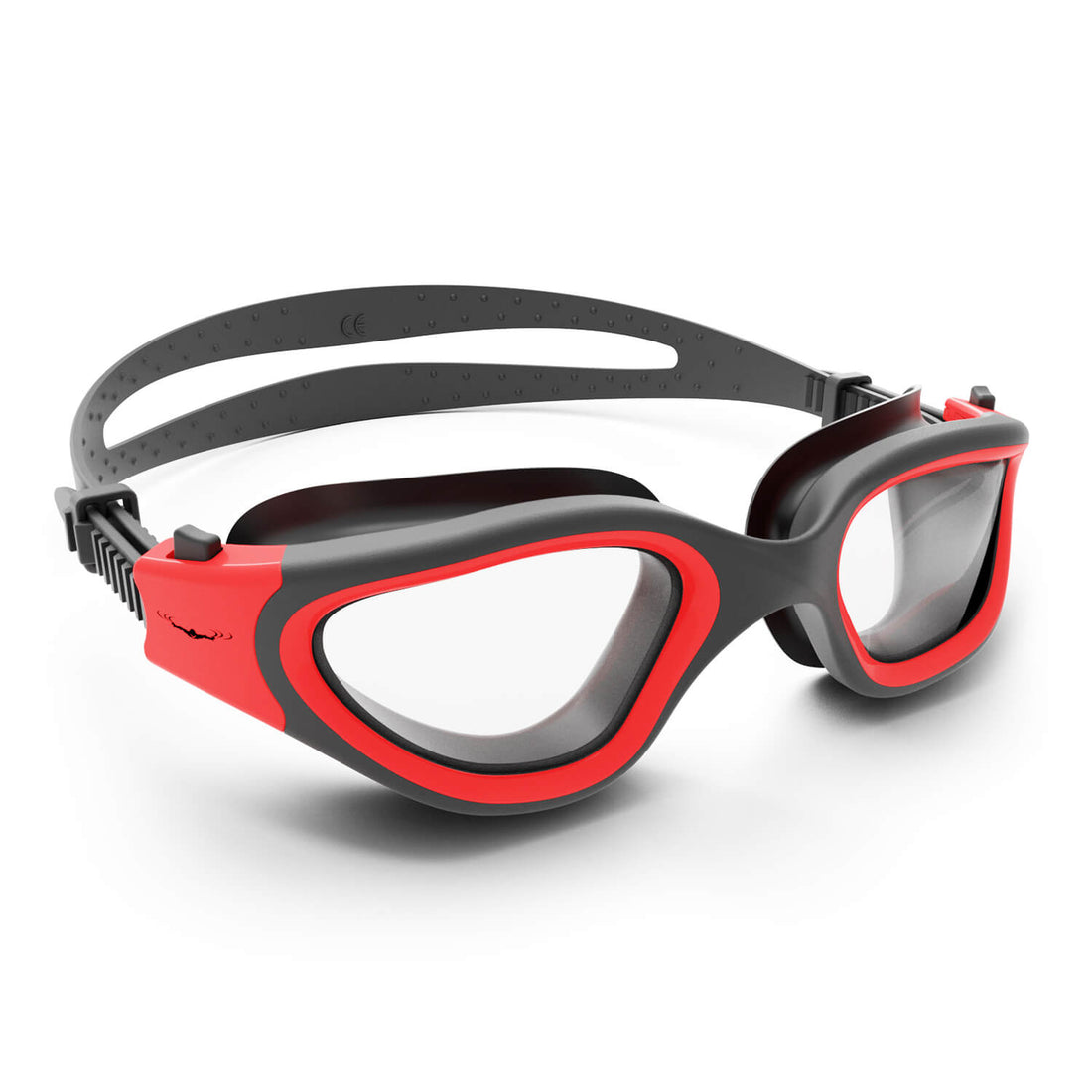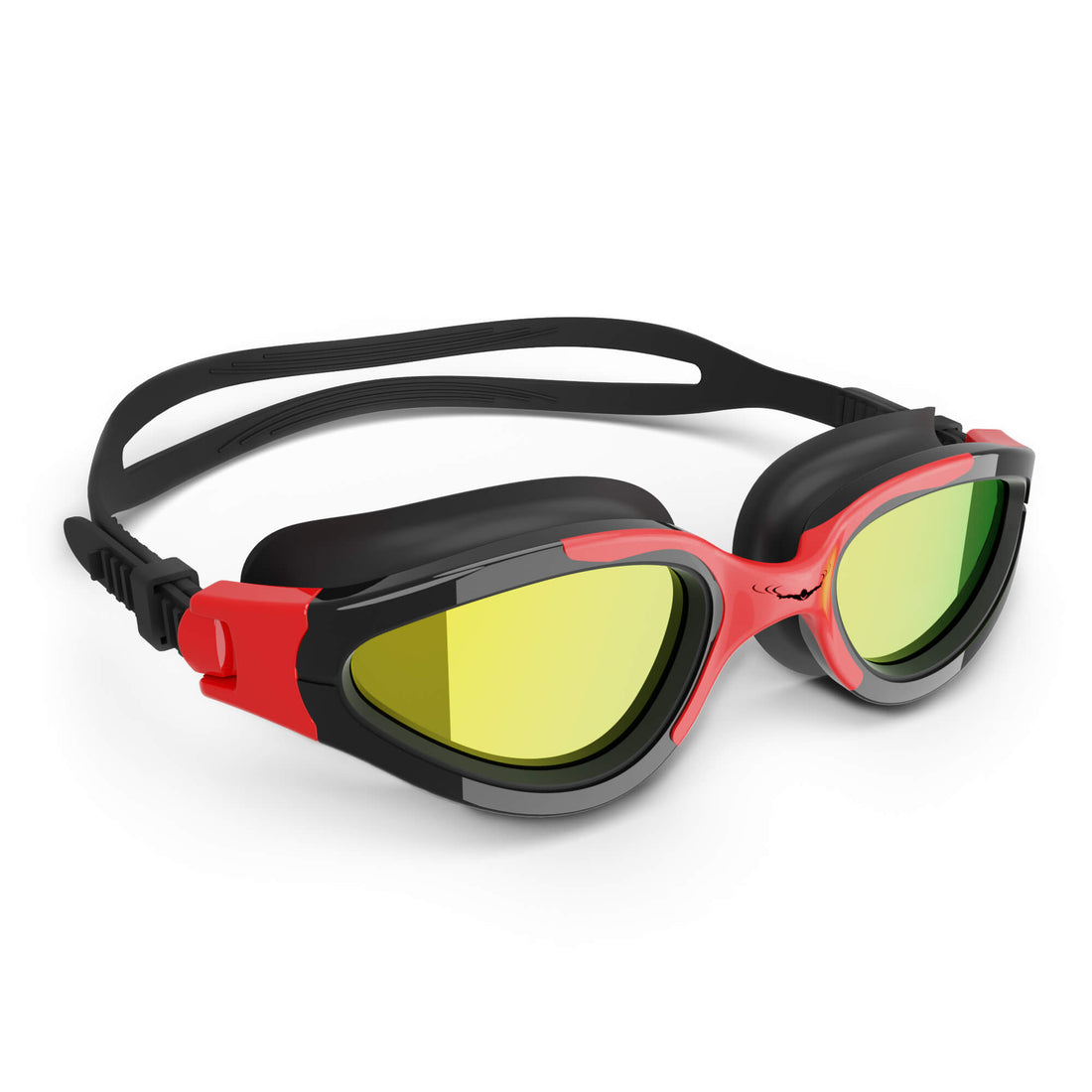If you're looking to enhance your swimming skills and technique, you've landed in the right spot! Swimming is not just a fun recreational activity; it is a sport that requires skill, precision, and practice. Whether you're a beginner or a seasoned swimmer, improving your swimming technique can significantly enhance your performance in the pool. In this article, we'll explore essential tips and tricks that can help you refine your swimming technique while also discussing some vital swimming gear like swim caps, swimming goggles, and swim ear bands to assist you on your journey. Let’s dive in!
1. Focus on Your Body Position
One of the fundamental elements of efficient swimming is maintaining a proper body position in the water. A streamlined body reduces drag and helps you glide through the water with less effort. Here are some pointers for achieving a better body position:
1.1 Align Your Head and Spine
Keep your head in line with your spine. When swimming freestyle, your head should be neutral – keep your eyes looking straight down. This position will help maintain a streamlined form, reducing resistance.
1.2 Engage Your Core
A strong core stabilizes your body, aiding in better control while swimming. Core exercises can be incredibly beneficial in this regard. Work on planks, leg raises, and back extensions to build core strength.
1.3 Leg Positioning
Your legs should be straight and close together. Kicking from the hips rather than the knees will provide more propulsion and help keep your body horizontal in the water.
2. Perfecting Your Stroke Technique
The stroke you choose to utilize can impact your overall speed and efficiency. Whether it's freestyle, breaststroke, backstroke, or butterfly, here’s how to refine each method:
2.1 Freestyle (Front Crawl)
Freestyle is the fastest and most common swimming stroke. Focus on the following aspects:
- Arm Movement: Reach forward and pull water back; think of your hand entering the water in line with your shoulder.
- Finger Position: Keep your fingers slightly apart when entering the water. This helps with the initial catch phase.
- Breathing: Exhale through your face in the water, and inhale quickly when turning your head to the side. Consistent breathing patterns improve oxygen intake.
2.2 Breaststroke
The breaststroke requires a rhythm that's key to maximizing its efficiency. Pay attention to:
- Pull Phase: Start with your arms extended and pull them back in a circular motion, bringing them back together under your chest.
- Kicking: Execute a frog kick, keeping your knees together. The kick should be propulsive rather than merely an outward motion.
- Body Roll: Allow your body to undulate naturally to maintain momentum.
2.3 Backstroke
This stroke allows you to maintain your breath more naturally. Focus on:
- Arm Rotation: Rotate your arms shoulder-deep into the water while keeping your hips high.
- Kicking: A constant, flutter kick supports your propulsion. Your feet should break the surface without excessive splash.
- Head Position: Keep your head back and eyes looking at the sky, ensuring a neutral spine.
2.4 Butterfly
The butterfly stroke is often deemed the most difficult. Here’s how to simplify:
- Arm Movement: Both arms move together; as you pull down, keep your elbows high and hands close together.
- Kicking: Use a dolphin kick, undulating your body for rhythm and power.
- Body Coordination: Engage your core and hips to maintain the wave-like motion throughout your stroke.
3. Breathing Techniques
Breath control is crucial in swimming. It’s not just about taking in air, but how efficiently and rhythmically you do it. Here are some tips to ensure optimal breathing:
3.1 Consistent Practice
Routine practice helps build muscle memory for effective breathing. Incorporate drills that isolate breathing patterns in your swimming sessions.
3.2 Timing Your Breath
Inhale quickly as you turn your head or surface from the underwater phase, then exhale steadily while your face is submerged again. Find a rhythm that feels natural to your stroke.
3.3 Use Swim Caps
Investing in swim caps can help reduce drag and protect your hair from chlorine damage. They also assist in maintaining a streamlined profile in the water, contributing to consistent breath control.
4. Utilize the Right Gear
Having the proper equipment can make a world of difference in your swimming performance. Utilizing items such as swim goggles, swimming caps, and swim ear bands can enhance your swimming experience:
4.1 Choosing the Best Swim Goggles
Your choice of swim goggles can affect your vision underwater, thereby impacting your technique. Ensure they fit securely without leaking, providing clear visibility in the water. Look for options that minimize fogging, and consider polarized lenses for outdoor swimming.
4.2 The Importance of Swim Caps
Swimming caps not only help keep your hair dry but also aid in achieving a better hydrodynamic position. They minimize resistance while you swim, allowing for a cleaner and faster stroke.
4.3 Swim Ear Bands for Comfort
If you’re prone to ear infections or discomfort in the water, swim ear bands are invaluable. They help keep water out of your ears, allowing you to focus on your technique without distraction.
5. Create a Consistent Training Schedule
Practice makes perfect. Setting a training schedule that works for you will not only improve your technique but also build your stamina, speed, and overall strength:
5.1 Set S.M.A.R.T Objectives
- Specific: Focus on a particular aspect of your swimming technique, like improving your stroke or breath.
- Measurable: Keep track of your times, distances, and drills completed.
- Achievable: Make sure your goals are realistic, considering your current skill level.
- Relevant: Align your swimming objectives with your overall health and fitness goals.
- Time-bound: Establish deadlines to achieve these measurable goals.
5.2 Mix Up Your Workouts
Incorporate various drills and techniques into each session to maximize muscle engagement. Consider alternating between distance swims and sprint sets, emphasizing different strokes to enhance all-around skills.
5.3 Record Your Progress
Keep a swimming journal to log your workouts, new techniques tried, and improvements observed. This accountability can be incredibly motivating!
6. Join a Community
Joining a swimming community or club can do wonders for your motivation and technique improvements. Here’s why:
6.1 Peer Feedback
Having peers observe your technique allows for constructive feedback. They might notice things you wouldn’t catch on your own.
6.2 Group Motivation
Surrounding yourself with like-minded individuals can keep you inspired and accountable. Join local swimming meets, training sessions, or online forums about swimming techniques.
6.3 Access to Professional Coaches
Many swimming clubs have experienced coaches who can provide invaluable insights and personalized feedback to refine your technique further.
Final Thoughts: Ride the Wave to Success
Improving your swimming technique takes dedication and practice, but the benefits are worth the effort. By focusing on your body position, stroke technique, breath control, and utilizing the right gear, you'll swim faster and more efficiently. Incorporate a consistent training schedule and the support of a community into your routine, and you'll soon find yourself making amazing progress in no time. Dive in, embrace the challenges, and enjoy the journey to becoming a better swimmer!



